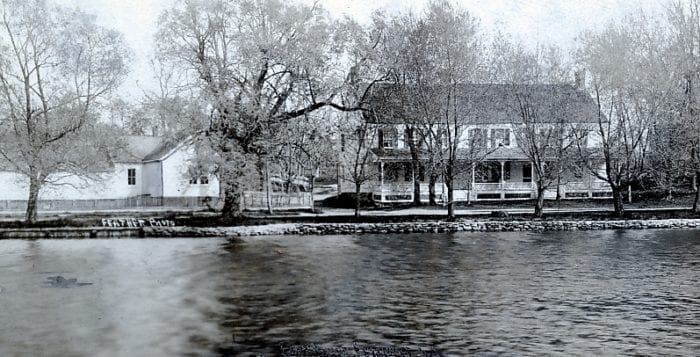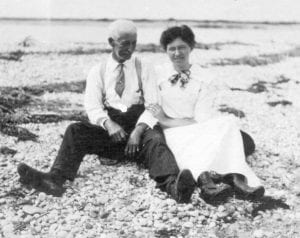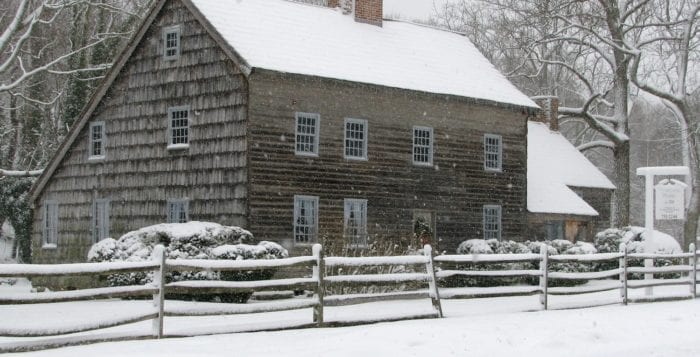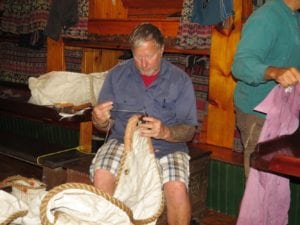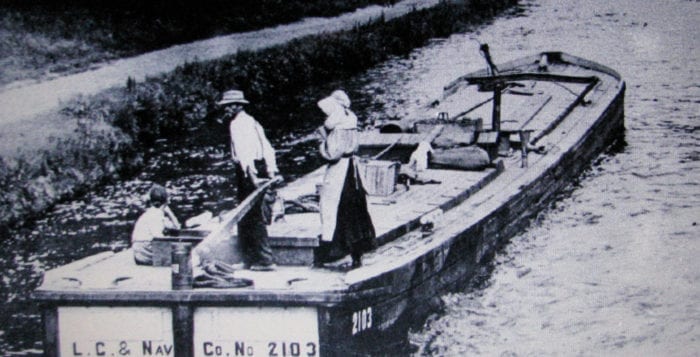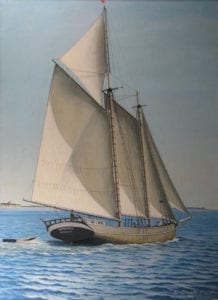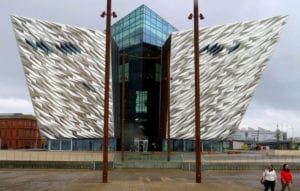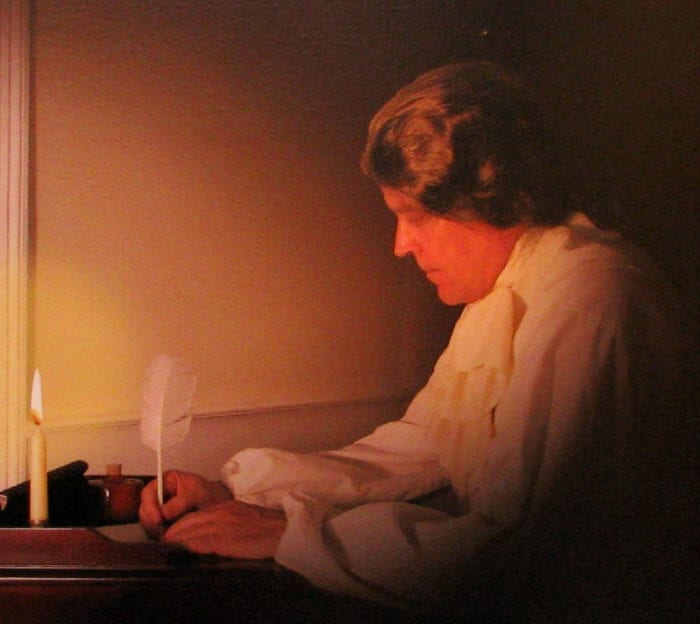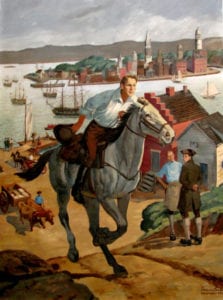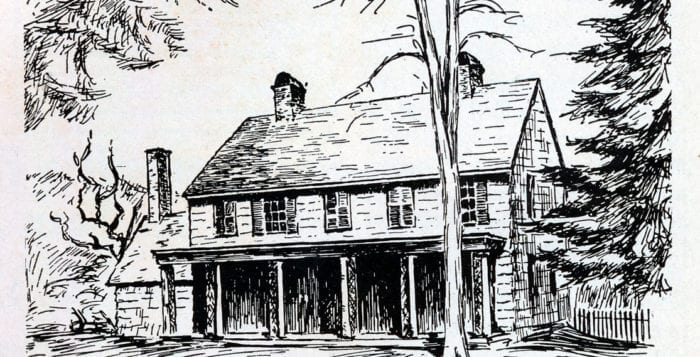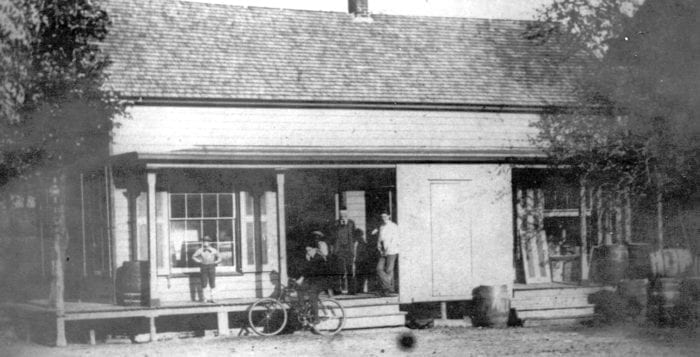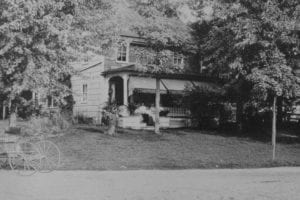By Beverly C. Tyler
Major Jonas Hawkins, son of Major Eleazer and Ruth (Mills) Hawkins, was born in Stony Brook, Long Island, on April 28, 1752, in what is now known as the Hawkins-Mount House at the intersection of 25A and Stony Brook Road. Jonas married Ruth Mills on Jan. 1, 1775, a little more than three months before the first shots were fired at Concord and Lexington, Massachusetts on April 18 and 19, 1775, dates that marked the beginning of the Revolutionary War.
Jonas was one of 73 men who signed the Association on June 8, 1775. The men who signed pledged themselves to protect against British tyranny. The list also included Selah Strong, Jonathan and Samuel Thompson, who supplied intelligence to General Washington in 1777 before becoming refugees in Connecticut after their spying was discovered.
It appears that during the entire Revolutionary War, Jonas and Ruth remained at their home and farm in Stony Brook as six of their children were born there between 1776 and 1783. It is also known that Jonas made several trips into New York City to gather information that he supplied to General George Washington through the Setauket-based Culper Spy Ring. Hawkins also needed to make trips to New York City to purchase dry goods and other items he needed for the general store and ordinary he ran out of his home in Stony Brook.

Major Hawkins’ home was built in 1757, and the loading door on the third-story gable end still reads “Jonas Hawkins Store and Ordinary.” We don’t know exactly when the general store was started, but by 1780, and probably by the end of 1778, it was in full operation with Hawkins making frequent trips to New York City.
The bill of credit below, part of the Three Village Historical Society’s Local History Collection, is one of a number of handwritten bills that indicate the range of products that rural general store merchants stocked and had available. Bills of Credit for Jonas Hawkins from 1780 through 1784 indicate that he also made purchases from a number of wholesalers such as “Elijah & Isaac Cock,” “Woodhull and Dickinson,” “Pearsall Glover” and “Willet Seaman.”
“Bought of Peter Smith & co .. Brooklyn, N.Y., Nov 17th 1780
5 Razors at l/9 … 8 .. 9 (8 shillings, 9 pence)
1 gross sleeve buttons 19..
1 Bladder Snuff 4/6 18..7
6 u(units) pepper @ 3/6. 1. .. 1 (1 pound, 1
shilling)
Mr. Jonas Hawkins”
The range of items Jonas purchased is quite extensive and indicates that local residents, especially after the Revolutionary War (1775-1783), had a wide range of goods available from the country general store. Jonas Hawkins, bought quantities of “Callico” (imported’ cotton textile), “Linnen,” “Superfine cloth” (finely woven linen), “Durant” (A variety of worsted wool),” “Cambruk” (cambric, linen or fine white cotton glazed on one side), “gause, thread, narrow Blk binding, cordarry” (corduroy) (and) calimmink” (calimanco-a European woolen cloth of satin weave in an imitation of camel’s hair).
Hawkins also purchased tea, nutmegs, clover seed, barrels of sugar, raisins, rum, gin, wine, and tobacco. From another supplier, he received “twist” (mottled woolens), buttons, bibles, pins, writing paper, shoe bindings and sewing silk as well as other cloths called “blue Tabareen” (Tabbinet-an Irish-made poplin), “Blue Morine” (Moreen:-a stout ,water- embossed finished fabric of wool or wool and cotton), and “black Tafaty” (taffeta-a rich thin silk). From yet another supplier, he received sickles, scythes, pen knives, tobacco boxes, and something listed as “1 doz Tomatum.” From Andrew Van Tuyh he received over 100 yards of green, brown and “mixt German Sarge” (serge) as well as metal buttons and 1 doz silver spurs. Locally, “Mr. Hawkins bought of Edward Dayton — 8 paire of shoes at 7s (shillings a) pair.”
Before the Revolutionary War, the seemingly inexhaustible supply of American lumber and timbers, plus a few manufactured items such as barrels went from U.S. ports to the West Indies where they were traded for rum, molasses and sugar. This island produce was then shipped to England to be traded for manufactured goods; clothing, glass, china, and tea, to name just a few. This movement of goods was known as a “Triangle Trade.”
After the Revolutionary War, this Triangle Trade, was extended to other European countries and to China as American ships began to bring their own tea, spices and other commodities back to the United States from all corners of the world. This increased trade brought the country general store into its own as an institution. It was an original American idea, an outgrowth of independence, an example of Yankee know-how and frontier enterprise at its best.
In large part, no money changed hands between the country general store owner and the importer or between the merchant and the local seller of eggs and bacon. Bills of credit were commonly given by the importers and continued to be the general practice until late in the 19th century. The country merchant’s major asset was the produce that he collected by barter. The general store owner was in contact with the large general stores in New York City, which sold both wholesale and retail, as well as, with the coast-wise schooner captains, freight shippers, money brokers and various jobbing houses.
The country general store was a natural gathering place for residents of the community, especially in the cold winter months, when many farmers, farmhands and seaman had nothing better to do. There was often a bench in the store, placed outside in the warmer months, called the liar’s bench. In the colder weather, the men who came to the store would find places close by the stove, which often sat in the open near the middle of the room. It was here that stories were told, tall tales were spun, and the latest information on the state of the nation and the world was discussed. It was often the store owner who had the latest newspaper from New York City or there was a ship captain who had just arrived with fresh news from one of the major ports.
Benjamin Franklin Thompson (his father called him Franklin) was just 16 years old in 1801. He was a hard, if not willing, worker on his father’s farm in Setauket, and he was often sent to “Jonas Hawkins Store and Ordinary” for a variety of items. “November 18, 1800 – Tuesday … Franklin rides to Major Hawkins to carry 36 yards of cloth, gets half a pound paper of tobacco at 0/9 (0 shillings/9 pence) carries 2 bushels of wheat to mill (Stony Brook Grist Mill) and fetches it home.”
About half the entries in Samuel Thompson’s diary, which detail trips to the general stores in Setauket and Stony Brook, indicate that Samuel went himself. “July 23, 1800 – Wednesday . . . Ride to Major Hawkins yesterday fetch 2 gall Rum pay 17/. Buye six yards of callonnick for my wife a pettecoat pay 24/ for it.”
It was usual for Samuel Thompson to visit the home and store of Jonas Hawkins since he was one of the few doctors in the community, and the general store was a vital source of news about local residents, as well as being the source of many of Dr. Thompson’s medicines. “October 9, 1800 – Thursday . . . I ride to see Betsey Kelly then to Major Hawkins in the afternoon pay 10/ for a gallon of rum get 10 oz common Peruvian Bark pay 3/11.” Dr. Thompson also listed Senna, Quaccuim and white viltrol as medicines that he purchased during the year 1800 from Major Hawkins Store.
The country general store owners were usually a fairly easy-going lot, and they put up with a great deal of tomfoolery from the bench warmers. They were also a very no-nonsense breed who recognized a good product or a good worker. One general store owner, the story goes, was sweeping out his store under the watchful eye of an early morning customer. “Where’s Benny? Sick today?” asked the small, thin woman as she reached across the counter to inspect the latest calico. “Gone two days,” the merchant said. The lady, seemingly absorbed in her inspection, added, “Anyone you considering to fill the vacancy?” The store owner went on with his sweeping and, without pausing to reflect on the question, replied, “Not expecting to, Benny didn’t leave no vacancy.”
Samuel Thompson recorded in his diary an average of one trip a month to the general store of Major Jonas Hawkins. His purchases for 10 months included 12 gallons of rum, (Dr. Thompson had a 200-acre farm and at least 5 farmhands, most of whom were slaves) 1½ gallons of [gugg], plus small quantities of sherry, gin and brandy. He also records the purchase of earthen cups, pipes, a pitcher and pins.
As the 19th century began, the country general store began to change and grow. In 1805, Artemas Kennedy of Arlington, Massachusetts, (near Boston) started the Kennedy Biscuit Company. The first “sea biscuits” were supplied to clipper ships as a staple for sailors on the long voyages around the horn to California. The sea biscuit or cracker soon became popular on land as well as at sea, and the cracker barrel soon became a standard item in the country stores.
Beverly C. Tyler is a Three Village Historical Society historian and author of books available from the society at 93 North Country Road, Setauket. For more information, call 631-751-3730. or visit www.tvhs.org.

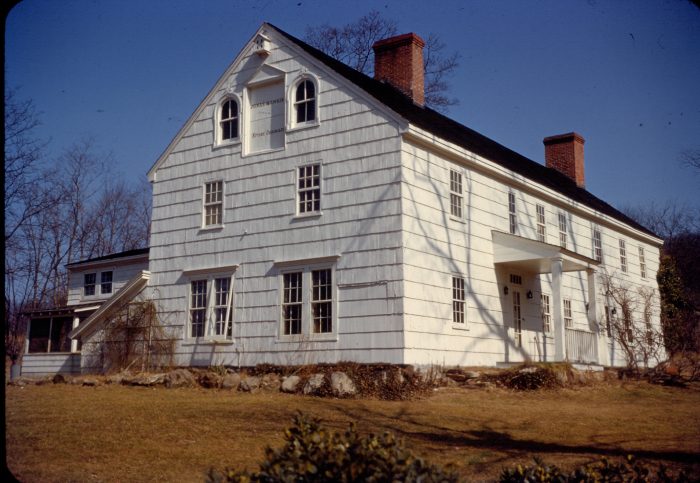

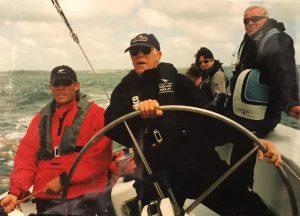
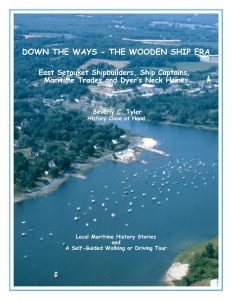 A special section focuses on the author’s grandfather, Captain Beverly Swift Tyler, who was a ship captain, boat builder, racing sailor, and boarding house owner. This unique and personal inclusion further brings to life the living history element of the writer’s undertaking.
A special section focuses on the author’s grandfather, Captain Beverly Swift Tyler, who was a ship captain, boat builder, racing sailor, and boarding house owner. This unique and personal inclusion further brings to life the living history element of the writer’s undertaking.